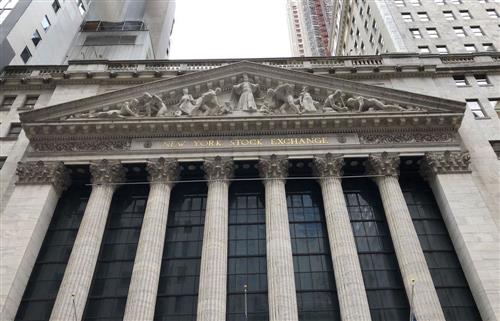(Boursier.com) — Fitch Ratings continues to monitor the rapidly changing funding and liquidity environment for U.S. banks, in light of the recent failures of Silicon Valley Bank and Signature Bank and the volatility of the resulting market.
“This is in the context of our previously stated view that funding and liquidity will be a challenge for U.S. banks, given expectations of a prolonged period of higher rates, coupled with large unrealized losses. on bond portfolios which could limit funding flexibility In addition, quantitative tightening (QT) will lead to a decline in industry deposits from pandemic highs, which will put further pressure on asset profiles. financing and liquidity of banks” commented the analysts.
The two bank failures prompted the Federal Reserve to create a special program, the Bank Term Funding Program (BTFP). Key features of this program allow banks to pledge, at par, US Treasury bills, agency debt and mortgage-backed securities, as well as other qualifying assets, which has intended to mitigate solvency issues related to unrealized losses on these securities. In addition, the FDIC will ensure that even uninsured depositors are compensated in the case of the two failed banks…
Sufficient ?
These measures will support the liquidity of the system and reduce the risk that banks will have to crystallize unrealized losses on portfolios of high quality, but long duration securities. However, it remains to be seen whether these measures will be sufficient to stabilize investor and depositor confidence in other vulnerable institutions or whether additional measures will be required.
“Fitch’s assessment of funding and liquidity is a key component of our rating criteria and the structure of deposits and access to contingent liquidity are important considerations in this assessment. current environment, we particularly assess depositor behavior and liquidity profiles across our rated portfolio, as they have the ability to act as a “weak link” in ratings, given that depositor attrition may not be reversed. In addition, deposit erosion may be negative for our assessment of a bank’s long-term franchise and profitability,” the analysts conclude.
©2023 Boursier.com
